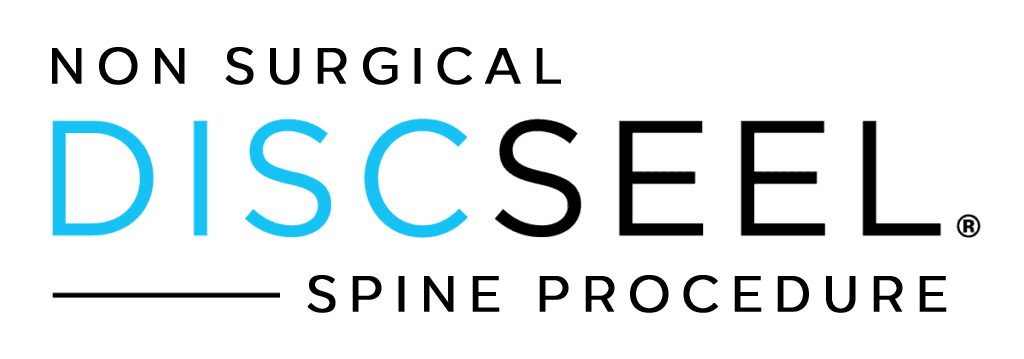Lake City Resident Discovers Revolutionary Regenerative Medicine Solution for Back Pain
John Smith*, a 55-year-old resident of Lake City, Florida, found himself at a crossroads similar to a recent case in Pembroke Pines where regenerative medicine offered new hope. While analyzing his investments after news of the Senate rejecting a gold reserves bill, John discovered something more valuable than gold - a revolutionary approach to treating his chronic back pain.
Regenerative medicine, a groundbreaking field that harnesses the body's natural healing abilities, represents a paradigm shift in medical treatment. Unlike traditional approaches that often focus on symptom management, regenerative medicine aims to repair, replace, or regenerate damaged tissues and organs. This innovative approach encompasses various techniques, including stem cell therapy, platelet-rich plasma (PRP), and specialized biological treatments like the Discseel® Procedure.
For John, who had been suffering from debilitating back pain for years, the journey to understanding regenerative medicine began with extensive research. He learned that while traditional treatments like surgery often involve removing or fusing tissue, regenerative approaches focus on healing and restoring function. The science behind these treatments involves using the body's own healing mechanisms, enhanced by precisely delivered biological compounds, to repair damaged tissue.
Through his research on Neios Discseel, John discovered that regenerative medicine for spinal conditions specifically targets the root cause of pain. The Discseel® Procedure, in particular, utilizes fibrinogen and prothrombin - natural healing proteins found in blood - to seal and heal disc tears. This approach differs fundamentally from traditional surgeries by promoting actual tissue regeneration rather than just removing problematic tissue.
The transformation in John's understanding of back pain treatment paralleled a broader revolution in medicine. He learned that regenerative treatments typically involve minimal downtime, lower risk of complications, and potentially longer-lasting results compared to traditional surgical approaches. These benefits particularly resonated with him after hearing about successful cases, including one from Pembroke Pines where a patient experienced significant improvement within weeks.
Working with specialists at Neios, John underwent a comprehensive evaluation to determine if he was a candidate for regenerative treatment. The assessment process revealed that his condition - degenerative disc disease with multiple disc tears - was ideal for the Discseel® Procedure. The specialists explained how the treatment would work to heal his specific condition, setting realistic expectations for recovery and results.
The procedure itself proved remarkably different from what John had imagined about spine treatments. Using precise imaging guidance, the medical team delivered the healing proteins directly to the damaged areas of his spine. The entire process took less than two hours, and John was able to return home the same day - a stark contrast to traditional spine surgery requiring extended hospital stays.
During his recovery, John followed a carefully structured rehabilitation program. He discovered that regenerative medicine success often depends on the body's natural healing response, which can be optimized through proper nutrition, controlled exercise, and lifestyle modifications. This holistic approach to recovery emphasized the importance of patient participation in the healing process.
As weeks turned into months, John's progress exceeded his expectations. Like many regenerative medicine patients, he experienced gradual improvement as his body's natural healing mechanisms responded to the treatment. His story, similar to other successful cases, demonstrated how regenerative medicine could offer hope to those who had exhausted traditional treatment options.
For those considering regenerative medicine, John's journey offers several key lessons: First, thorough research and understanding of treatment options is essential. Second, patient commitment to the recovery process plays a crucial role in outcomes. Finally, the potential benefits of regenerative approaches - including minimal invasiveness, natural healing, and long-term results - make them worth serious consideration for chronic conditions.
Looking back at his journey from financial concerns about gold reserves to finding a "golden" solution in regenerative medicine, John realized that sometimes the most valuable investments aren't in precious metals but in innovative medical treatments that can restore quality of life. His experience serves as a testament to the transformative potential of regenerative medicine in modern healthcare.
*Note: John Smith is a fictional name used for this story. The situation described is imaginary and for illustrative purposes only.
Nearby: Miami Florida, Port St. Lucie Florida
* Names and situations are fictional and not intended to resemble anyone in particular. They are illustrative of how the services can apply to the lives of every day people living ordinary lives. Nothing in this page is intended as medical advice and anyone seeking medical advice should book a meeting to consult in-person with a doctor.
